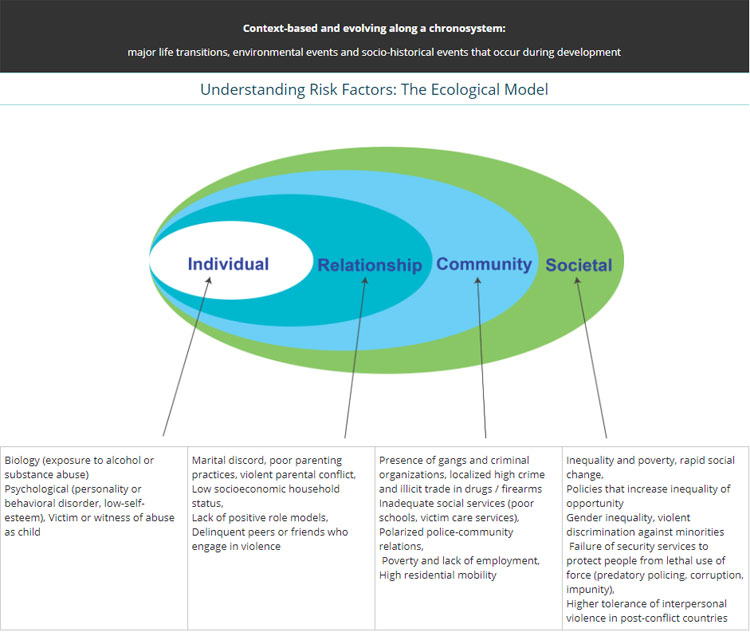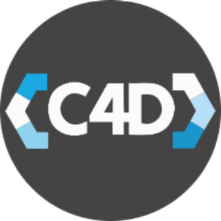Understanding Crime and Violence in Central America
To understand crime and violence, we must first abandon some prior beliefs that were deeply embedded in development thinking for many years: the diagnosis that crime and violence are symptoms of a countries 'early development', caused by poverty or weak state capacity, and the belief that countries would naturally 'grow out of' these challenges as growth facilitated reduction in unemployment and inequality, are outdated and not supported by evidence.
However, discarding this outdated logic does not leave us helpless; instead, it offers clear opportunities to act. Recent comprehensive attention to both diagnosis (identifying and understanding the data) and response (examining tools, approaches, and interventional models that have been brought to bear to determine the suggestive or probative evidence they offer) give us a good starting point for considering what World Bank Group diagnostics can contribute to a better more globally balanced understanding, and what WBG operational interventions can offer positive impact for people in client countries.
"We will not solve the problem relying only on greater police action or greater incarceration, or through more education or employment. We must do all this and do it in a deliberate and effective way, based on reliable data and proven approaches, while continuously striving to fill existing knowledge and data gaps to improve policy design.
While economic and social development do not necessarily lead to a reduction in crime and violence, high levels of crime and violence do take a toll on development."
from the Forward to Stop the Violence in Latin America: A Look at Prevention from Cradle to Grave, Laura Chioda, World Bank Group, 2017.



Blog » Understanding Crime and Violence in Central America
Understanding Crime and Violence in Central America
To understand crime and violence, we must first abandon some prior beliefs that were deeply embedded in development thinking for many years: the diagnosis that crime and violence are symptoms of a countries 'early development', caused by poverty or weak state capacity, and the belief that countries would naturally 'grow out of' these challenges as growth facilitated reduction in unemployment and inequality, are outdated and not supported by evidence.
However, discarding this outdated logic does not leave us helpless; instead, it offers clear opportunities to act. Recent comprehensive attention to both diagnosis (identifying and understanding the data) and response (examining tools, approaches, and interventional models that have been brought to bear to determine the suggestive or probative evidence they offer) give us a good starting point for considering what World Bank Group diagnostics can contribute to a better more globally balanced understanding, and what WBG operational interventions can offer positive impact for people in client countries.
"We will not solve the problem relying only on greater police action or greater incarceration, or through more education or employment. We must do all this and do it in a deliberate and effective way, based on reliable data and proven approaches, while continuously striving to fill existing knowledge and data gaps to improve policy design.
While economic and social development do not necessarily lead to a reduction in crime and violence, high levels of crime and violence do take a toll on development."
from the Forward to Stop the Violence in Latin America: A Look at Prevention from Cradle to Grave, Laura Chioda, World Bank Group, 2017.
Violence is very bad for world.
Our need stop violence.
thanks.zia from Bangladesh